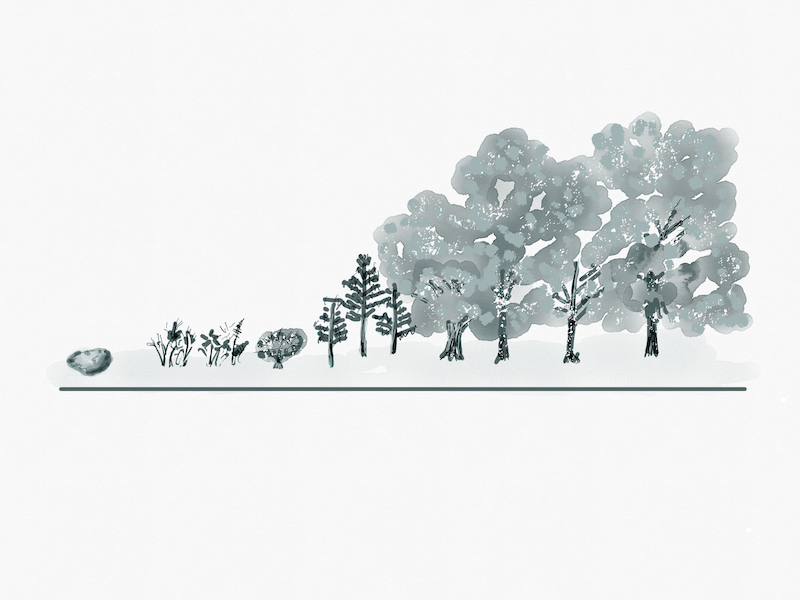When people set out to change their organizational system, they think about the desired future state. But they don’t give sufficient attention to what is. I call this blindspot the forgotten questions of change.
However, change starts from where you are. You can’t overlay a new process on an existing system and expect completely new behavior. The current system asserts itself, influencing the new process. Further, there are almost always aspect of the system worth preserving. It pays to be conscious of them.
So, what might you consider about the current system? These are some of the questions I ask:
- What is working well now, that we can learn from?
- What is valuable about the past that is worth preserving?
- Which aspects of the current system do we want to /not/ change?
- Who benefits from the way things are now?
- What might be lost (status, identity, meaning, jobs…) based on the proposed new way?
- How will this change disrupt the informal networks that are essential to getting work done?
- How will this change ripple through the organization, touching the people and groups indirectly effected?
- What holds the current pattern in place?
Along with these forgotten questions, I’d add some about steering the change:
- How can we dampen this change, if it goes the wrong direction?
- What is the smallest thing we can do to learn more about this proposed course of action?
- Which subtle signs might we discern that tell us this change is going in the right direction…or the wrong one?
- What is the time frame in which we expect to notice the effects of our efforts?
If these lists got you thinking, check out 7 Rules for Positive Productive Change: Micro Shifts, Macro Results. You can download a sample chapter here.








0 Comments
Trackbacks/Pingbacks